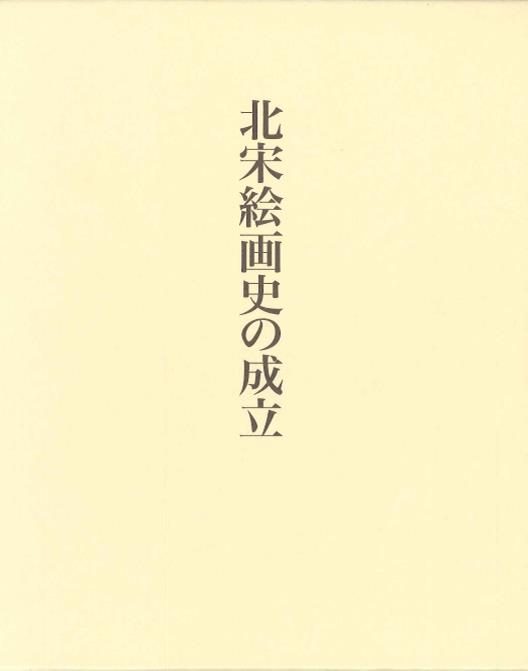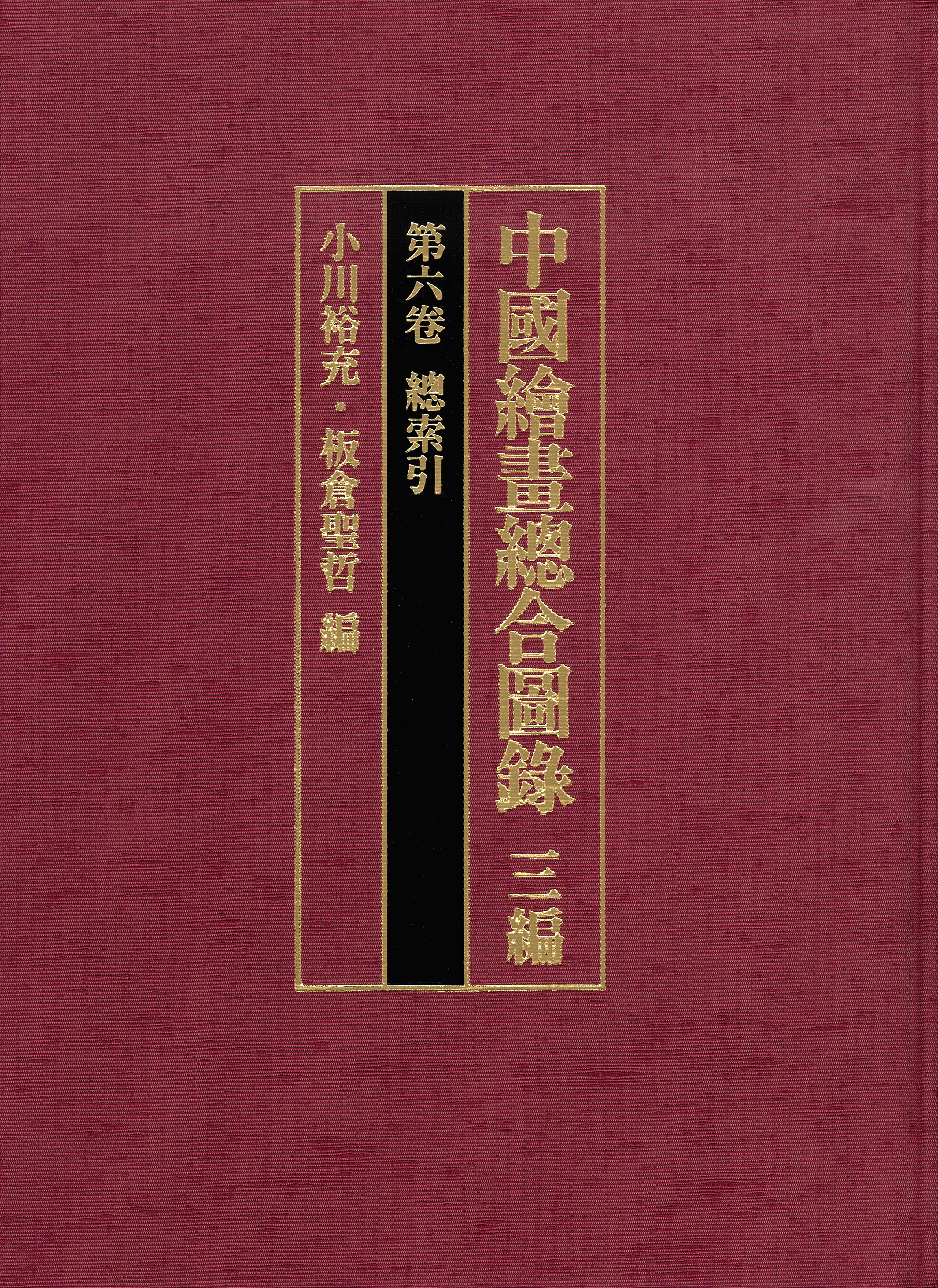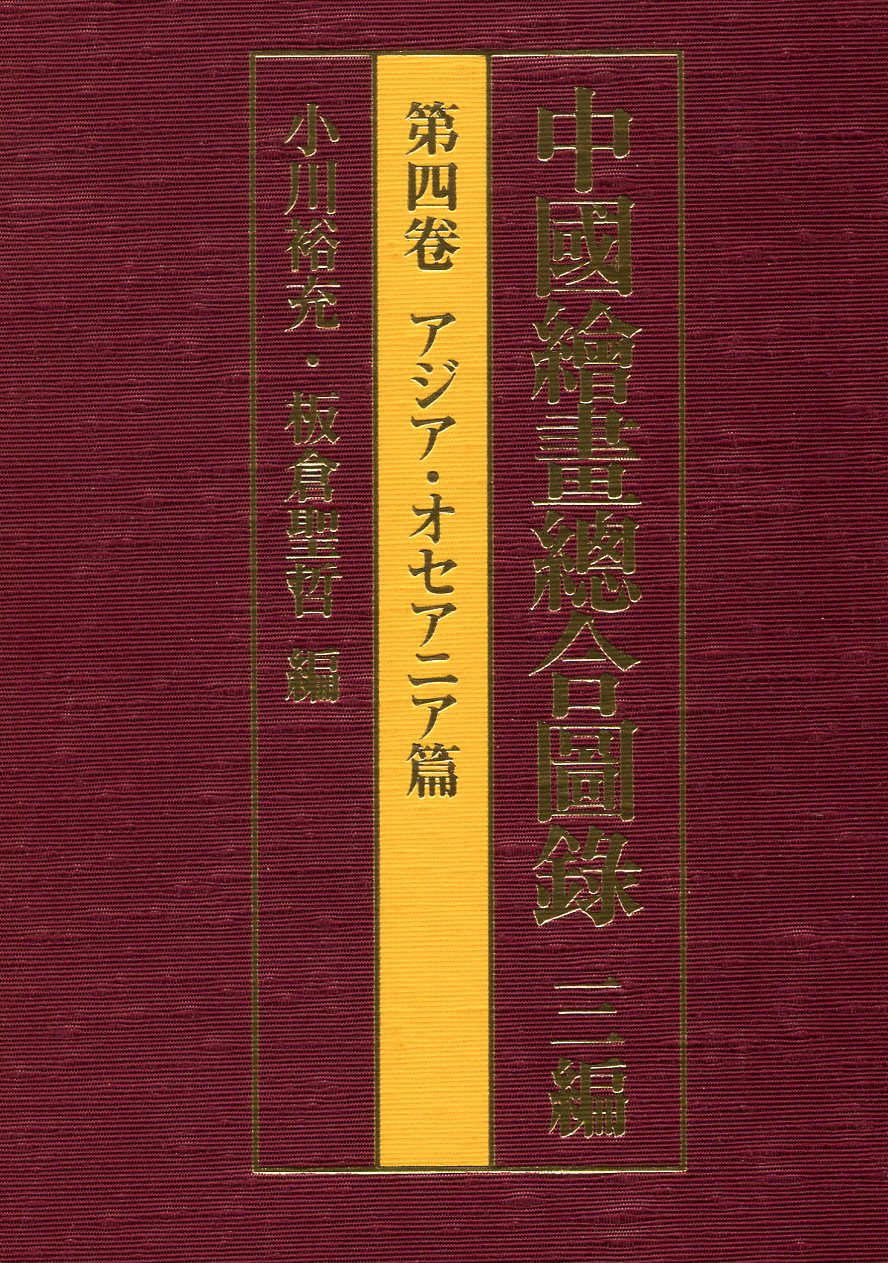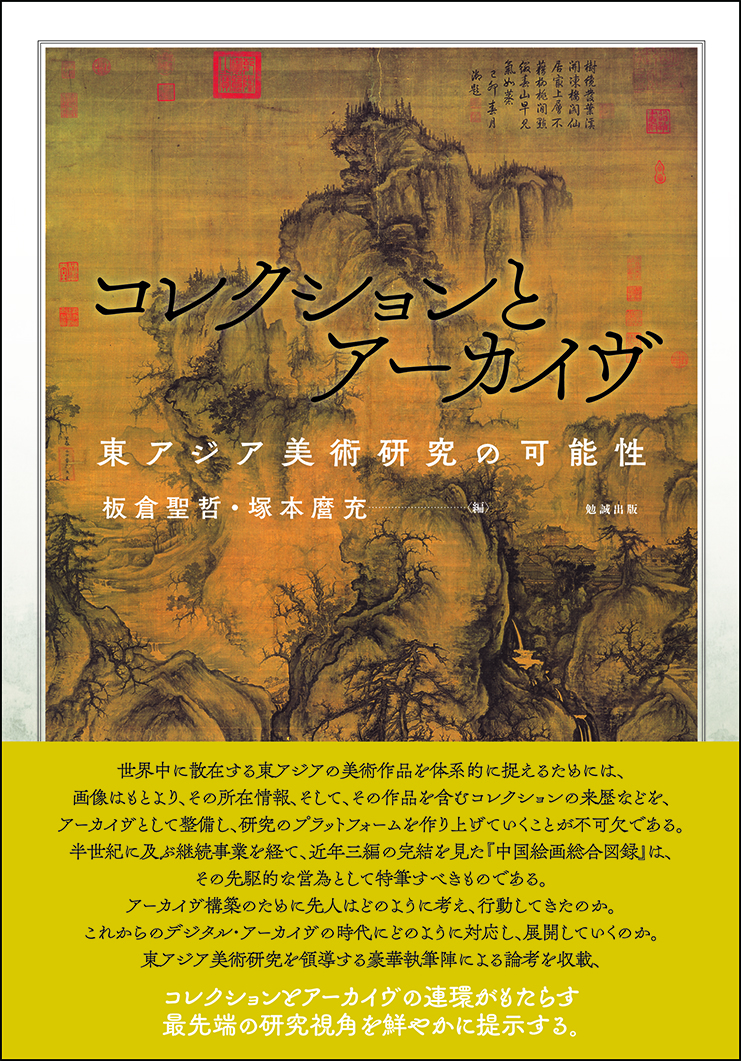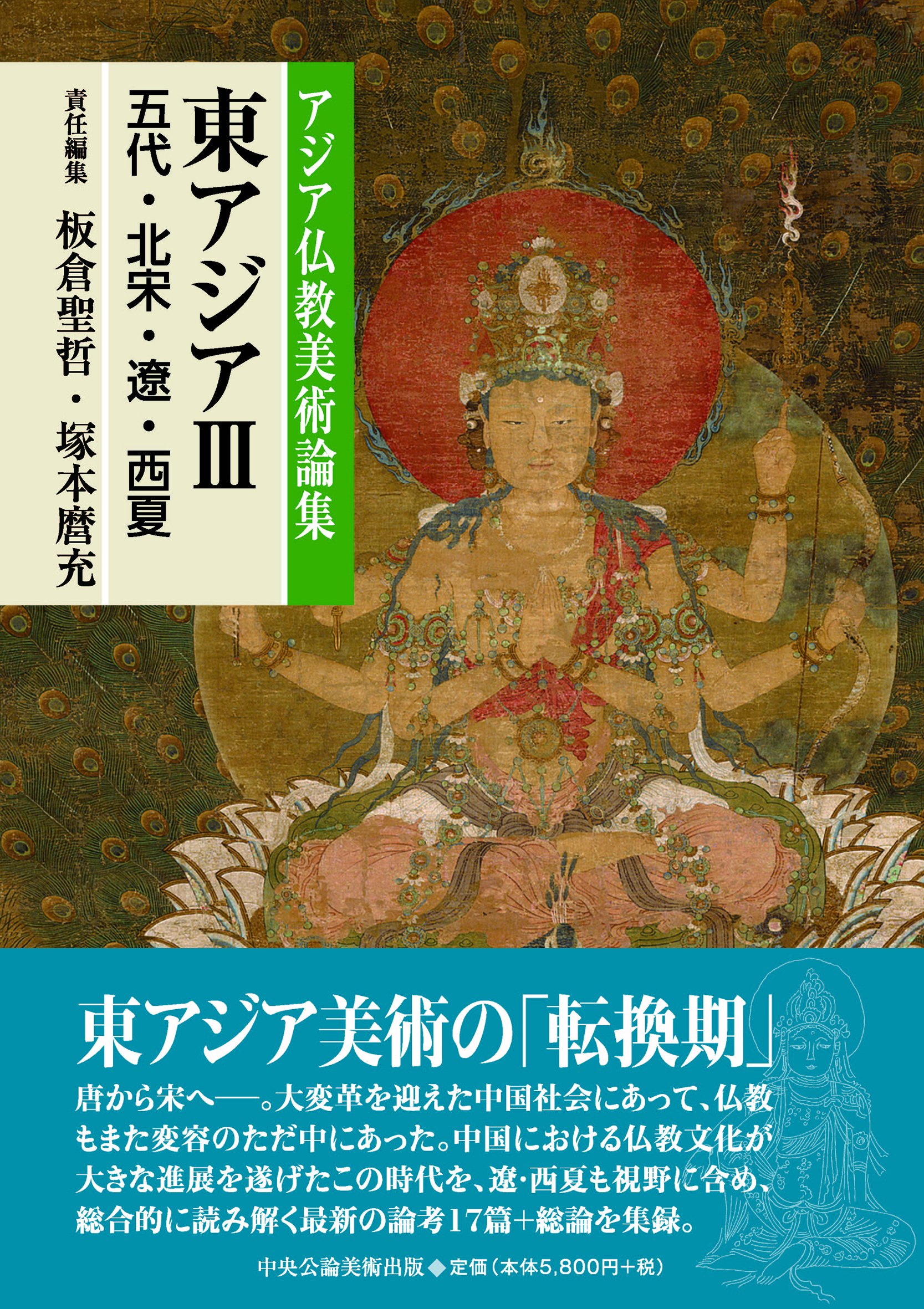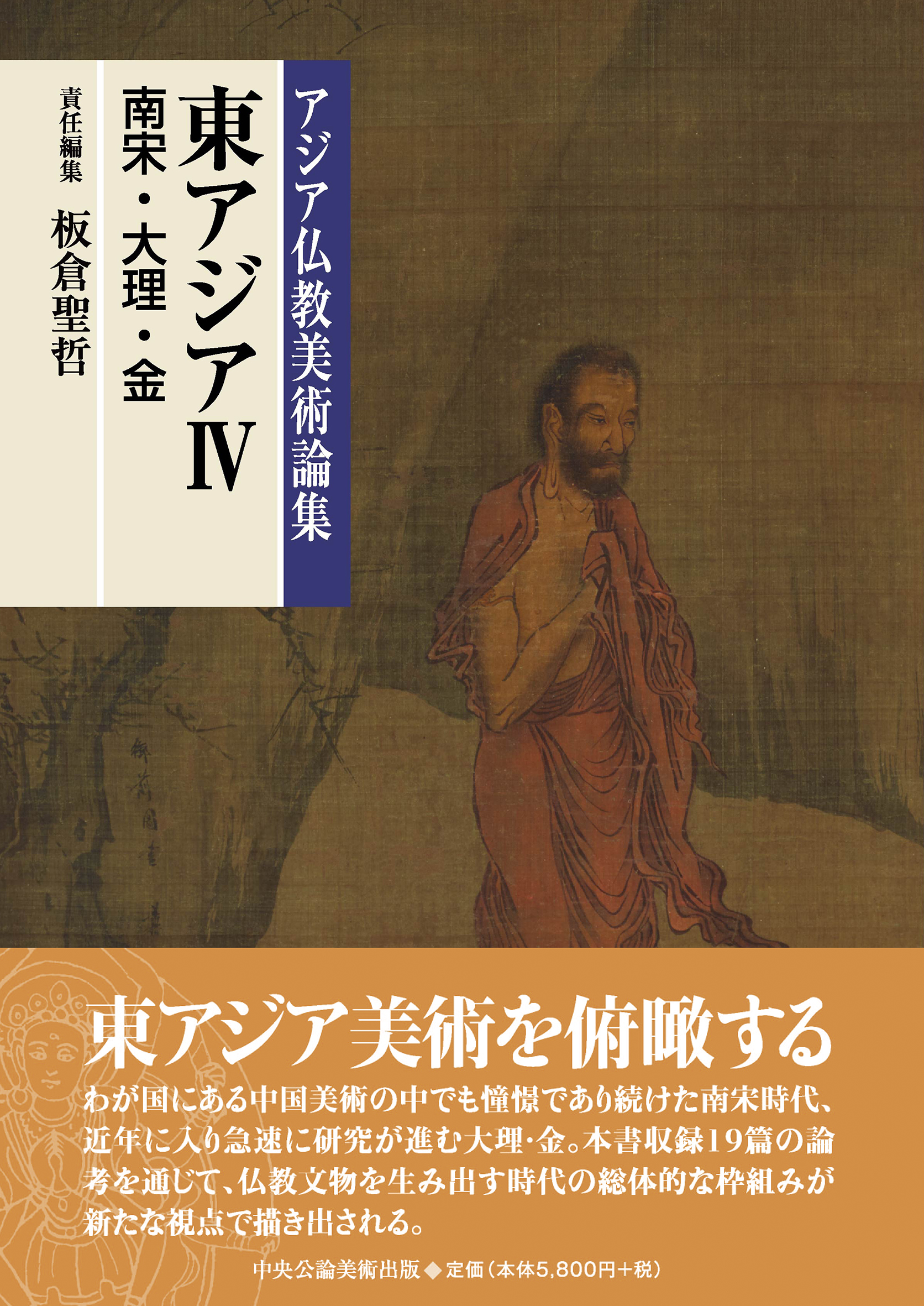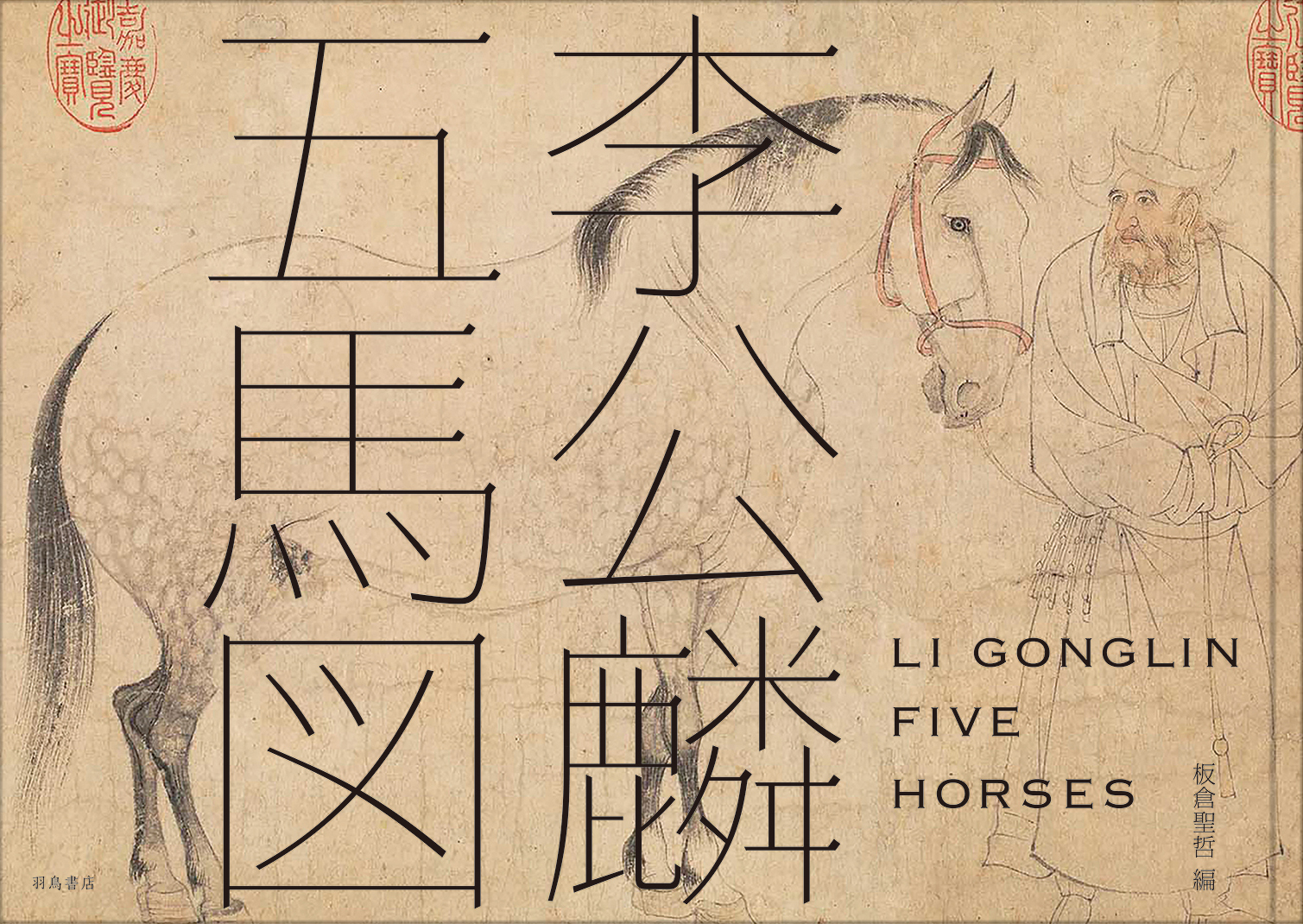
Title
Li Gonglin 'Wuma-tu’ (Li Gonglin’s Five Horses)
Size
84 pages, A3 format, hardcover, slipcase
Language
Japanese, English, Chinese
Released
March 28, 2019
ISBN
978-4-904702-75-8
Published by
Hatori Shoten
Book Info
See Book Availability at Library
Japanese Page
The scroll painting of five horses by Li Gonglin (1049?–1106), a leading literatus painter of the Northern Song period in China, was extolled as a “divine work” by his contemporaries and had been known for a long time as his sole authentic work. But it went missing for about eighty years, its whereabouts unknown, and the actual painting was known only through monochrome collotype reproductions.
Then in early 2019 this scroll painting was exhibited as a work held by Tokyo National Museum at the exhibition “Unrivaled Calligraphy: Yan Zhenqing and His Legacy” at Tokyo National Museum. News of this was met with great astonishment in China, and not only researchers but also general visitors formed long queues in front of the painting. This book, occasioned by the painting’s rediscovery, reproduces the painting in full-size high-definition colour plates for the first time.
In the accompanying essay, I begin by discussing the development of the image of Li Gonglin, since there is a clear discrepancy between the image of him as a literatus and monochromatic ink painter that took root in later times and the picture of him revealed by Five Horses. Next, I ascertain how this painting was prized by successive Chinese dynasties as a “divine work” and the circumstances in which it was brought to Japan before going missing. It was brought to Japan by Liu Xiangye during the confusion that accompanied the collapse of the Qing dynasty. In 1928 it was put on display at an exhibition held to commemorate the coronation of the Shōwa Emperor and was viewed by many experts. In 1930 it was purchased from Liu Xiangye by Suenobu Michinari (1855–1932), and then in 1933 it was designated an important artwork, but not long afterwards it disappeared from the public eye.
There had been no descriptions of the painting by someone who had actually seen it since Nakagawa Tadayori’s article titled “Li Gonglin and the Monochromatic Ink Style of Painting” (Kokka 380–381, 1922). The description of a painting is of vital importance. A careful examination of this painting reveals that it was painted on special paper called Chengxintang paper and is not a monochrome painting executed in only ink brushlines, a forte of Li Gonglin, since use has also been made of colour by means of delicate brushwork, and both its colouring and technique are extraordinary. In my essay, I endeavour to reposition the painting by starting out from the painting itself. The process leading to its present state is complicated. The Qianlong emperor (1711–99) of the Qing dynasty pointed out that the fifth horse had been added later, and it was confirmed that it is indeed in a different hand. The emergence of this illusive “divine work” will necessitate a rewriting of the history of Northern Song painting, and I have made a point of giving a description of the painting that will provide a foundation for this rewriting. I have also endeavoured to present on this basis a set of coordinates for the history of Chinese painting premised on the existence of Five Horses.
There can be no doubt that henceforth accounts of the history of Chinese painting will be premised on discussions that encompass Five Horses. This book may be regarded as a basis for guiding such developments.
(Written by ITAKURA Masaaki, Professor, Institute for Advanced Studies on Asia / 2019)



 Find a book
Find a book


